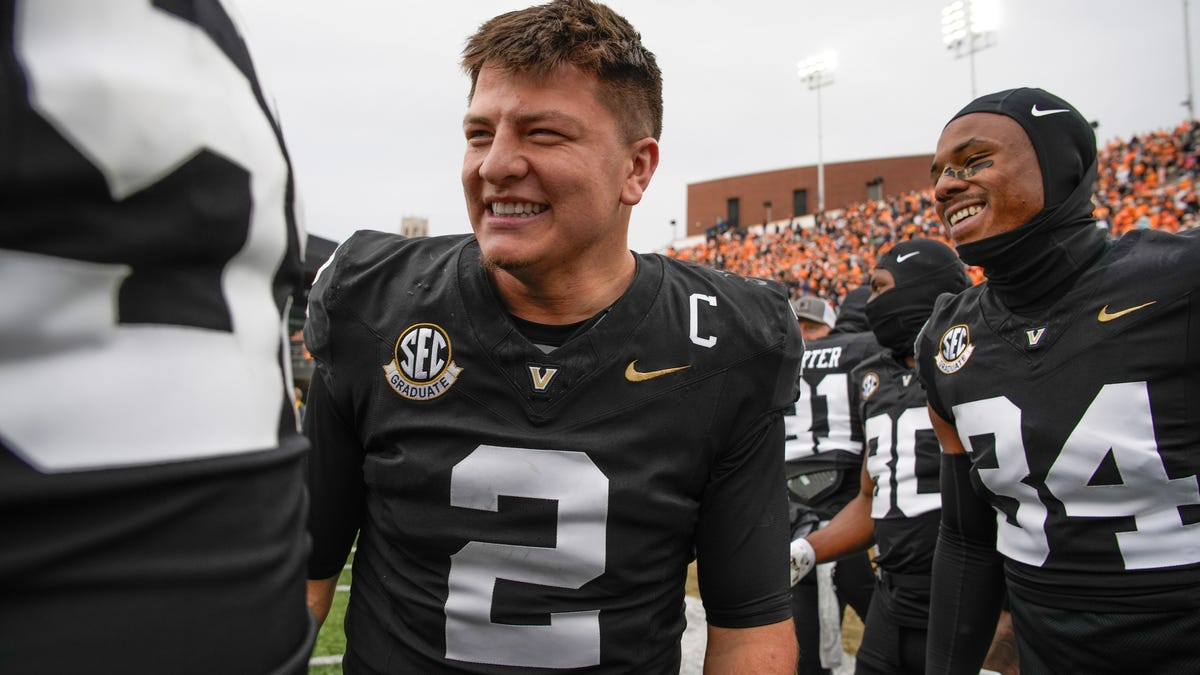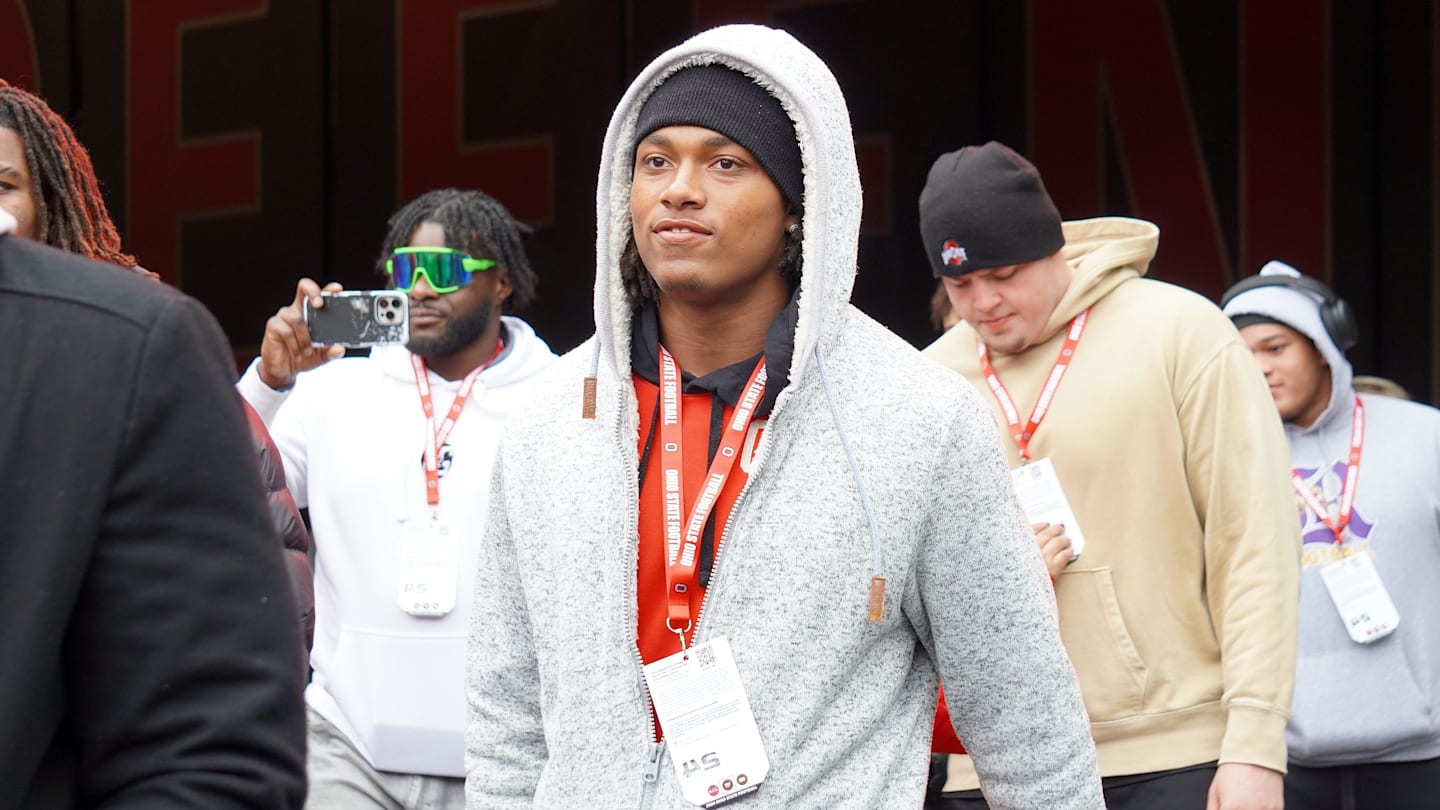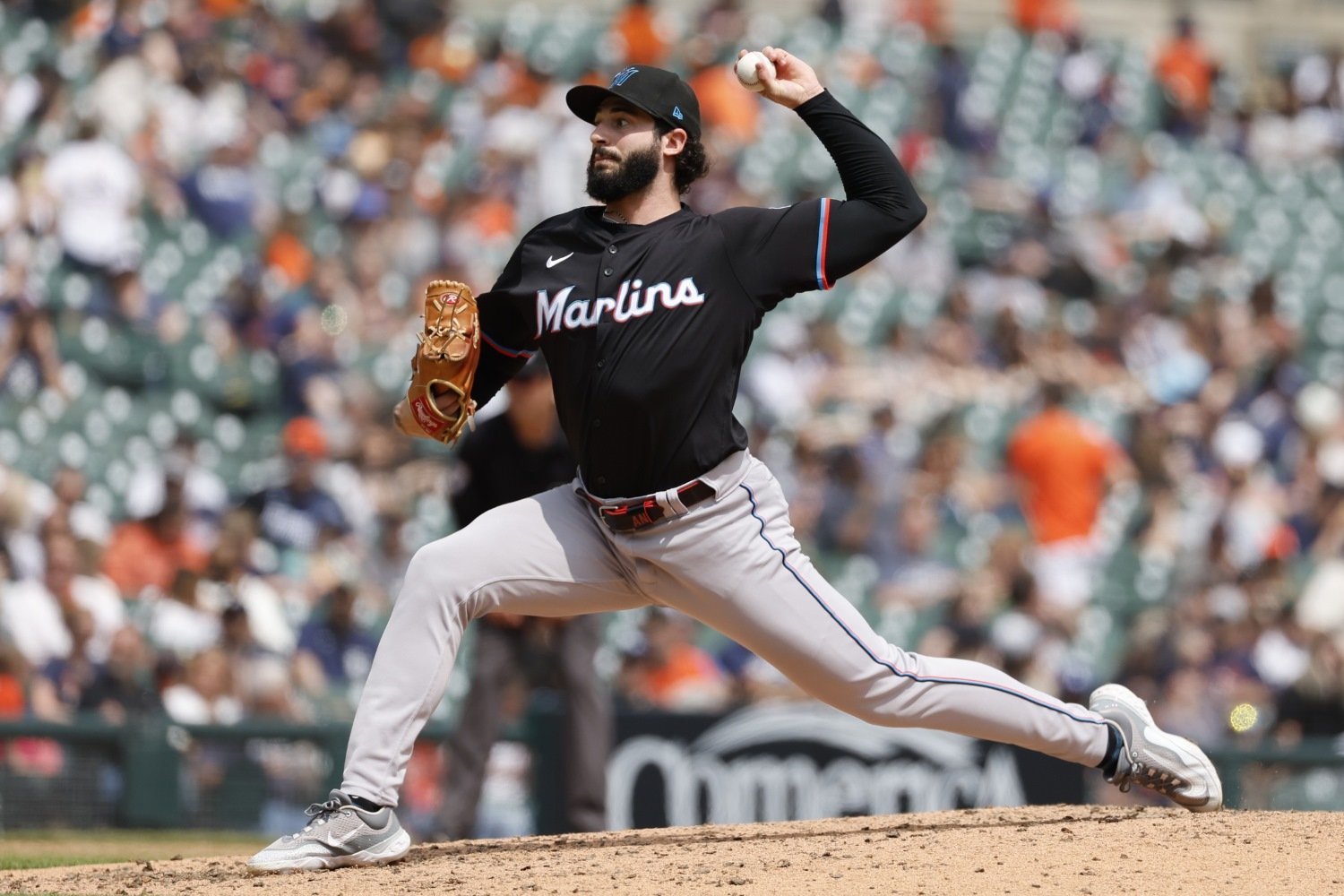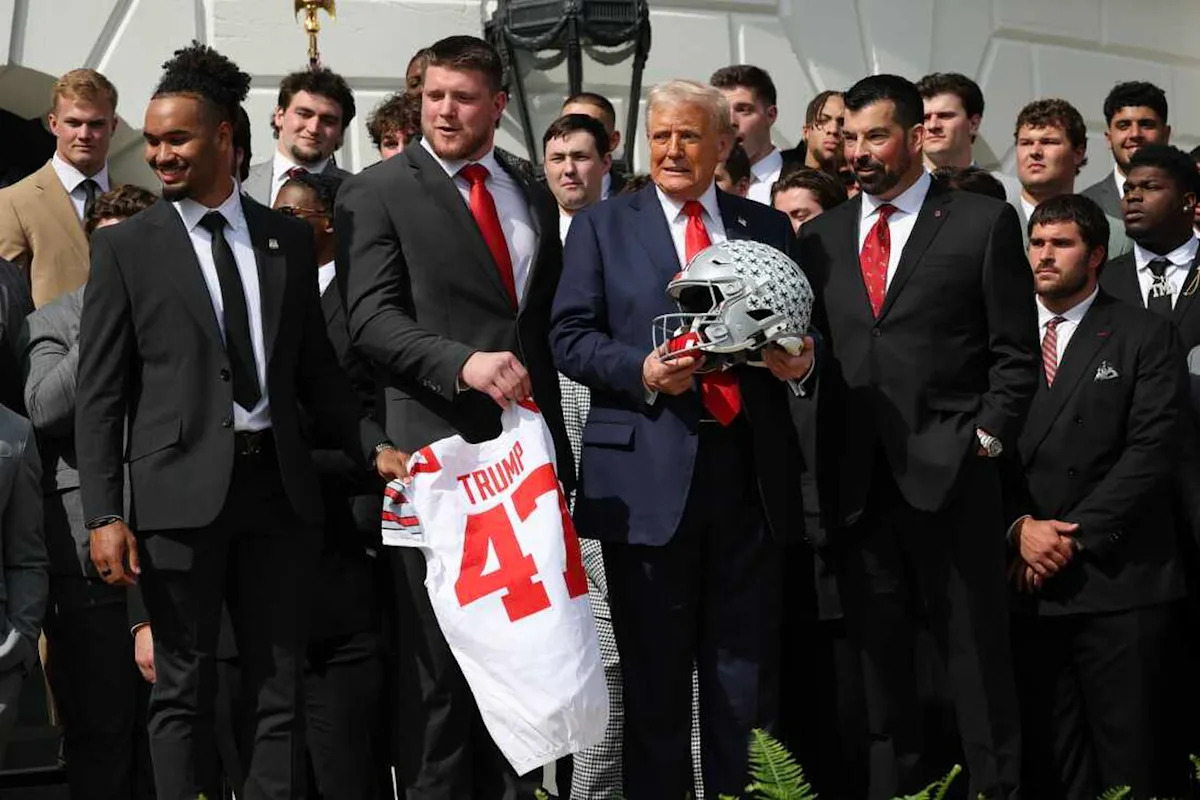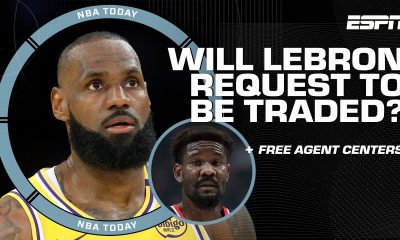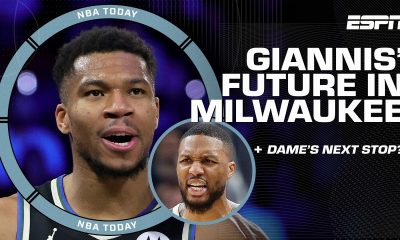Jump To Top of Page
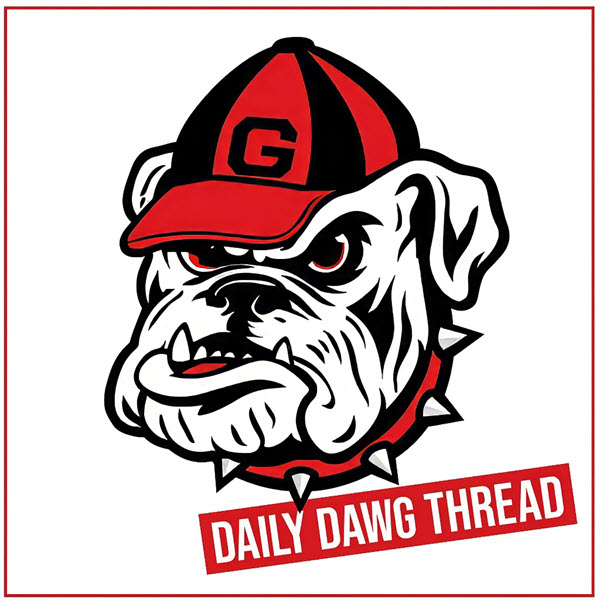
The Real Money Game: Georgia Football’s NIL Culture

In Kirby Smart’s world, championships are built in January, shaped in July, and now financed throughout the year. The introduction of NIL has redefined how Georgia recruits, retains, and rallies its roster, but make no mistake: the Bulldogs aren’t playing by the same chaotic rules as everyone else.
While other programs boast massive NIL headlines, UGA operates a more disciplined and sustainable model quietly. Think of it as the Belichickian approach to college football’s new economy—except Kirby actually smiles sometimes.
The NIL Hierarchy: Not All Checks Are Equal
Inside Georgia’s 2025 locker room, a silent tier system exists—undocumented but well understood. Let’s break it down:
Tier 1: Stars & Proven Playmakers
These are the individuals who capitalize on their performance and profile. They’re the ones showing up in car dealership ads, NIL apparel drops, and hometown billboards.
Raylen Wilson (LB, Jr.): A fast, physical linebacker who’s become a cornerstone of the defense. After a breakout 2024, Wilson entered 2025 with increased buzz and value. His local NIL presence is growing fast.
Monroe Freeling (OL, RSo.): Big, marketable, and articulate—Freeling represents the new breed of offensive linemen who double as influencers. Anchoring the line gives him both credibility and camera time.
Tier 2: Freshman with Buzz
These aren’t just any newcomers—they’re five-star arrivals who brought NIL interest with them to Athens.
Justus Terry (DL, Fr.): The 6-5, 275-pound menace from Manchester, GA, committed early and stayed true. Georgia is building him as the next Jordan Davis. Expect NIL support to match that trajectory.
Kirby’s NIL Philosophy: Keep It Earned, Keep It Quiet
Kirby Smart doesn’t babysit NIL deals, but he also doesn’t let them disrupt the culture. Behind the scenes, the message is crystal clear: “We don’t pay for promises—we reward production.”
NIL has its place, but inside the Butts-Mehre building, you still earn your respect with sweat. Team-first players like CJ Allen (LB, So.) and Demello Jones (DB, So.) set the tone—grinders who get more shine through performance than promo codes.
Collective Power: Classic City Collective’s Role
The Classic City Collective is Georgia’s not-so-secret NIL engine. Unlike schools throwing cash at the latest portal diva, CCC’s model is about:
- Sustainable Teamwide Deals
- Event-Based Endorsements
- Education + Branding Workshops
- Partnership Vetting
That structure keeps the money flowing without flooding egos. Even walk-ons have earned NIL compensation for community events and social media tie-ins.
Potential Flashpoints
Despite UGA’s strong internal structure, the NIL world brings risks:
The Transfer Lure: Backups like Ryan Puglisi (QB, RFr.) may be tempted by starting spots—and bigger checks—elsewhere.
Position Imbalance: What happens when your third-string WR is making more than your starting guard?
External Noise: Agents and third-party handlers continue to try to get their hands in. Georgia’s staff fights hard to filter that influence.
So far, the staff’s proactive education, access to vetted financial guidance, and strict internal messaging have held off any major blow-ups.
The Pitch That Wins: “Get Paid Now, Get Rich Later”
Georgia’s recruiting pitch in the NIL era isn’t about topping the highest bidder. It’s about building a brand while winning games and developing into a first-round pick. In Athens, the NIL path looks like this:
Freshman Year: Learn the system, earn your reps, do some low-key NIL.
Sophomore Year: Playmaker status + rising visibility = NIL bump.
Junior Year: National exposure + draft buzz = high-end NIL and long-term brand deals.
Smart often reminds recruits: the best players in his program don’t need NIL leverage—they’re on a path to generational wealth.
Georgia’s NIL Game Is Built for the Long Haul
In 2025, Georgia doesn’t just survive NIL—they’re leveraging it with the precision of a championship program. While others flail for five-star flash or short-term splash, Kirby and crew are building a locker room that knows what it is, what it wants, and what it’s worth.
The checks are clearing in Athens, but the culture still cashes first.
Jump To Today’s Discussion Thread

